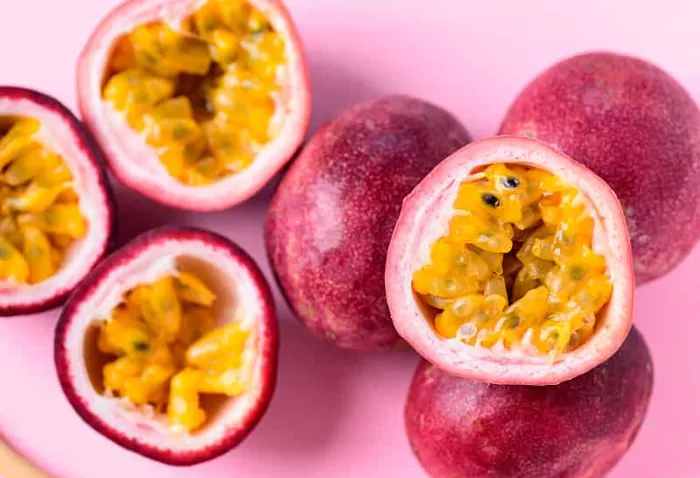As gardeners, we often find ourselves surrounded by beautiful and intriguing plants, but few are as captivating as the passion flower. With its intricate, exotic blooms and lush foliage, it’s a favorite among gardeners. But beyond its aesthetic appeal, the passion flower also offers edible parts that can be used in cooking. In this article, we’ll delve into the world of passion flowers, exploring their edibility, nutritional benefits, and how to incorporate them into your culinary adventures.
Passion flowers are part of the Passiflora genus, which includes over 500 species. These vines are native to tropical and subtropical regions and are known for their stunning flowers and edible fruits. While many gardeners focus on the fruit, the leaves and flowers also have culinary uses.
What Are Passion Flowers?
Passion flowers are climbing vines with large, intricate flowers that resemble a crown. The name “passion flower” comes from the flower’s resemblance to the Passion of Christ, with the corona representing the crown of thorns and the five stamens symbolizing the five wounds. These flowers are not only beautiful but also have a rich history in herbal medicine and cooking.
Can You Eat Passion Flower?
Yes, certain parts of the passion flower are edible. The leaves, flowers, and fruits can be consumed, but it’s essential to identify the plant correctly and use the right parts. The fruit, known as passion fruit, is widely eaten and used in desserts and drinks. The leaves and flowers can be used in teas, salads, and as a garnish.
Nutritional Benefits of Passion Flower
Passion flowers offer several nutritional benefits:
Vitamins and Minerals: They are rich in vitamins A and C, potassium, and iron.
Antioxidants: Passion flowers contain antioxidants that help protect against oxidative stress.
Calming Effects: The leaves and flowers have been used in herbal teas for their calming properties.
How to Use Passion Flower in Cooking
Here are some ways to incorporate passion flowers into your cooking:
Teas: Use the leaves and flowers to make a soothing tea. Simply steep them in hot water and enjoy.
Salads: Add fresh passion flower leaves to salads for a unique flavor and texture.
Garnish: Use the flowers as a garnish for cocktails or desserts.
Infused Water: Infuse passion flowers in water for a refreshing and healthy drink.
Are There Any Risks to Eating Passion Flower?
While passion flowers are generally safe to eat, there are a few precautions to consider:
Allergic Reactions: Some people may be allergic to passion flowers, so start with small amounts.
Medication Interactions: The sedative properties of passion flowers may interact with certain medications, so consult a healthcare provider if you’re taking any prescription drugs.
Correct Identification: Ensure you correctly identify the plant to avoid confusion with similar-looking but toxic plants.
Planting and Growing Passion Flower
Growing passion flowers is relatively easy:
Climate: They thrive in warm, sunny spots with well-draining soil.
Support: Provide a trellis or fence for the vine to climb.
Watering: Keep the soil consistently moist but not waterlogged.
Pruning: Regular pruning encourages new growth and flowering.
Other Edible Wild Flowers to Consider
If you enjoy using passion flowers in your cooking, you might also consider these other edible wild flowers:
Violets: Use the flowers in salads or as a garnish.
Nasturtiums: The flowers and leaves have a peppery flavor and are great in salads.
Lavender: Use the flowers in baked goods or teas.
FAQ About Passion Flower
Here are some frequently asked questions about passion flowers:
Q: Are all passion flower species edible?
A: While many species are edible, it’s crucial to identify the plant correctly to ensure safety.
Q: Can I grow passion flowers indoors?
A: Yes, but they require a lot of light and space to thrive.
Q: How do I store passion flowers for later use?
A: You can dry the leaves and flowers for tea or freeze them for future use in cooking.
Conclusion
Passion flowers are not only a beautiful addition to your garden but also a versatile ingredient for your kitchen. With their nutritional benefits and culinary uses, they offer a unique way to connect with nature and explore new flavors. Whether you’re a seasoned gardener or just starting out, incorporating passion flowers into your gardening and cooking routine can be a delightful adventure.


